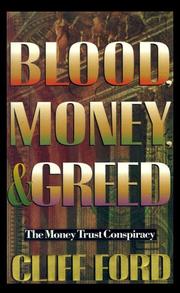Those who watch what happens on the surface in Europe were left scratching their heads over the appointment of two unknowns to the two top positions created by the Lisbon Treaty/EU constitution. Dig below the surface, however, and the plot becomes clearer.
To really appreciate what is happening in Europe today, and in Germany in particular, one needs a historical perspective. But that perspective need not be long. Just a little over 100 years is sufficient. True, the political vision of Germany’s elites tracks back to Charlemagne in terms of its post-Roman Empire phase. Yet its true metamorphosis in a modern setting commences with the unification of Germany under Count Otto von Bismark.
Bismark was expert in creating alliances to favor German expansion by treaty. The strength of those alliances, as the French found out in 1871, was twofold. There was the power of the German military machine, especially its High Command. Then there was the influence of the elite bankers and industrialists who funded the war effort.
In terms of the process that seeks the extension of German power, nothing has really changed over the past 120 years. The European Union has been built via a series of treaties in which German politicians, its elite banker and industrialist cadre and its military officer cabal have, often behind the scenes, continued to wield primary influence.
Two entities have vied for power using the repetitively resurrecting Holy Roman Empire—the papacy and the German state.
Click here for entire Trumpet article.
Stay ahead of illusive Global Governance issues. Subscribe to the monthly newsletter today!











No comments:
Post a Comment